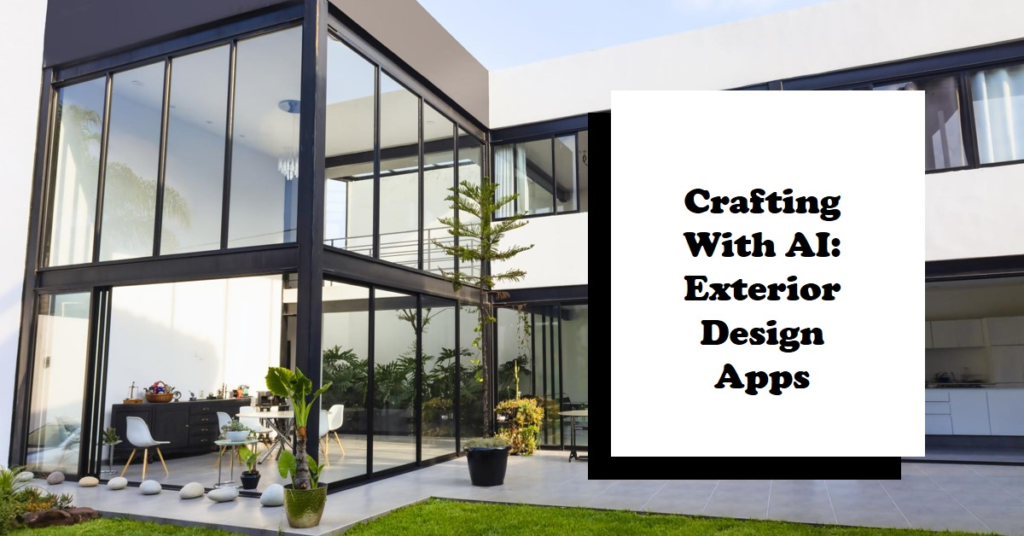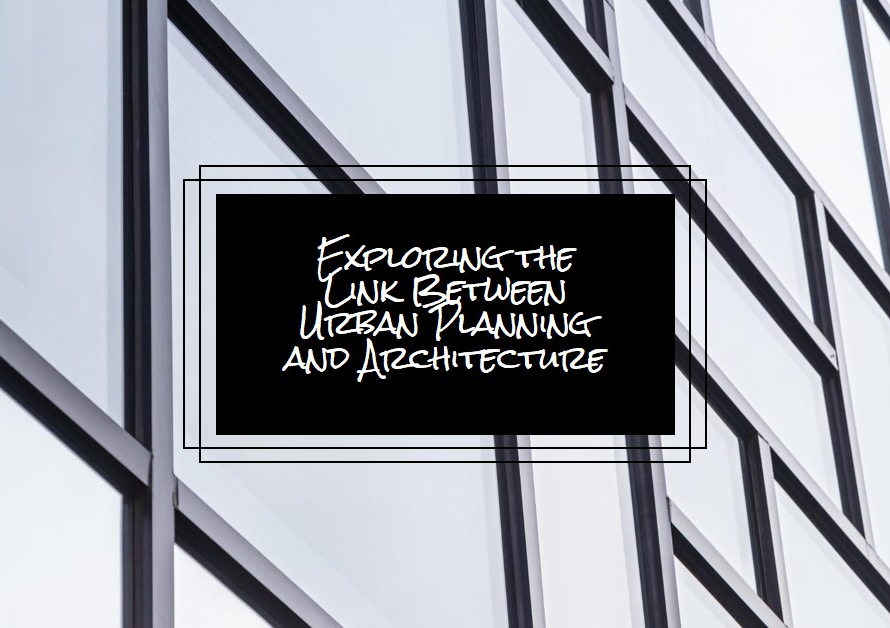
Table of Contents
- Introduction:
- The Power of AI in Exterior Design:
- User-Friendly Interfaces: Making Design Accessible
- Personalized Design Solutions:
- Enhancing Creativity and Innovation:
- Sustainability and Environmental Considerations:
- Cost Efficiency and Budget Management:
- Streamlining Collaboration and Communication:
- Future Prospects: AI and the Evolution of Exterior Design
- Conclusion: Embracing the AI Revolution in Exterior Design
Introduction:
In the ever-evolving landscape of technology, the integration of artificial intelligence (AI) into various fields has become a transformative force. Among these, exterior design stands out as a domain where AI’s influence is particularly groundbreaking. With AI-powered exterior design apps, homeowners, architects, and designers can now visualize, plan, and execute exterior projects with unprecedented precision and creativity. This blog post delves into the myriad ways AI is reshaping the realm of exterior design, offering insights into the capabilities, benefits, and future prospects of these innovative tools.
The Power of AI in Exterior Design:
Artificial intelligence, characterized by its ability to learn from data and make intelligent decisions, has found a natural application in design. Exterior design, which involves the aesthetics and functionality of outdoor spaces, benefits immensely from AI’s capacity to process vast amounts of information and generate design solutions that align with user preferences and environmental constraints.
AI-powered design apps utilize machine learning algorithms to analyze trends, predict outcomes, and suggest design modifications. These applications can automatically generate multiple design options, optimize layouts, and even forecast the long-term impact of certain design choices. By leveraging AI, users can achieve designs that are not only visually appealing but also sustainable and cost-effective.
User-Friendly Interfaces: Making Design Accessible
One of the most significant advantages of AI-driven exterior design apps is their user-friendly interfaces. These platforms are designed to cater to both professionals and amateurs, ensuring that everyone, regardless of their design expertise, can create stunning exterior spaces. Intuitive drag-and-drop features, coupled with real-time rendering, allow users to see immediate results of their design choices.
Moreover, these apps often include tutorials, tips, and interactive guides that help users navigate through the design process. Whether one is looking to redesign a garden, revamp a patio, or plan an entire landscape, AI exterior design apps provide the tools and guidance needed to bring visions to life with minimal hassle.
Personalized Design Solutions:
AI’s ability to personalize experiences extends into the realm of exterior design, offering tailored solutions that reflect individual tastes and requirements. By analyzing user inputs such as style preferences, property dimensions, and budget constraints, AI can generate customized design options that are both practical and aesthetically pleasing.
These apps often include features that allow users to input specific parameters, such as preferred materials, color schemes, and plant types. The AI then uses this information to create designs that align closely with the user’s vision, providing a level of personalization that traditional design methods struggle to match.
Enhancing Creativity and Innovation:
AI-driven exterior design apps are not just tools for practical planning; they are also catalysts for creativity and innovation. By presenting users with a wide array of design possibilities, these apps encourage experimentation and inspire new ideas. The ability to quickly visualize and iterate on different designs empowers users to think outside the box and explore unconventional solutions.
Furthermore, AI can introduce users to design elements and concepts they might not have considered otherwise. For example, an AI app might suggest a unique combination of plants for a garden based on local climate conditions, or recommend sustainable materials that reduce environmental impact. By broadening the scope of available options, AI enhances the creative potential of exterior design.
Sustainability and Environmental Considerations:
In today’s world, sustainable design is more important than ever. AI-powered exterior design apps are at the forefront of promoting eco-friendly practices by incorporating environmental considerations into the design process. These apps can analyze factors such as local climate, soil quality, and water availability to suggest designs that are sustainable and resource-efficient.
For instance, an AI app can recommend drought-resistant plants for areas prone to water scarcity or suggest materials with low carbon footprints. By integrating sustainability into the core of the design process, AI helps users create outdoor spaces that are not only beautiful but also environmentally responsible.


Cost Efficiency and Budget Management:
Another significant benefit of AI in exterior design is its ability to manage costs and optimize budgets. AI-powered apps can provide detailed cost estimates for different design options, helping users make informed decisions that align with their financial constraints. By simulating various scenarios, these apps can identify cost-saving measures without compromising on quality or aesthetics.
Additionally, AI can help users prioritize expenditures, suggesting where to allocate resources for maximum impact. For example, it might recommend investing more in high-quality materials for areas that endure heavy use, while opting for more economical choices in less trafficked spaces. This strategic approach to budgeting ensures that users get the most value from their investment.
Streamlining Collaboration and Communication:
Effective collaboration and communication are crucial in any design project, and AI exterior design apps excel in facilitating these aspects. These platforms often include features that allow multiple users to work on a design simultaneously, making it easy for homeowners, designers, and contractors to collaborate in real-time.
AI also enhances communication by providing clear, visual representations of design ideas. Instead of relying solely on verbal descriptions or 2D plans, users can share 3D renderings and interactive models that vividly convey their vision. This clarity reduces misunderstandings and ensures that all stakeholders are on the same page throughout the project.
Future Prospects: AI and the Evolution of Exterior Design
The future of exterior design is undoubtedly intertwined with the advancements in AI technology. As AI continues to evolve, we can expect even more sophisticated and capable design apps. Future iterations may incorporate advanced features such as augmented reality (AR) and virtual reality (VR), allowing users to immerse themselves in their designs before any physical work begins.
Additionally, the integration of AI with other technologies such as the Internet of Things (IoT) could enable dynamic and responsive exterior spaces. Imagine a garden that adjusts its irrigation based on real-time weather data, or lighting systems that adapt to natural light levels to conserve energy. The possibilities are endless, and AI is poised to drive these innovations forward.
Conclusion: Embracing the AI Revolution in Exterior Design
In conclusion, AI-powered exterior design apps represent a revolutionary shift in how we approach the creation and optimization of outdoor spaces. By leveraging the capabilities of AI, these apps provide personalized, efficient, and innovative solutions that cater to a wide range of needs and preferences. From enhancing creativity and sustainability to managing costs and improving collaboration, the benefits of AI in exterior design are profound and far-reaching.
As technology continues to advance, the role of AI in exterior design will only grow more significant. By embracing these tools, we can unlock new levels of creativity and efficiency, transforming our outdoor environments in ways previously unimaginable. Whether you are a professional designer or a homeowner with a vision, AI-powered exterior design apps are the key to bringing your ideas to life with precision and flair.


